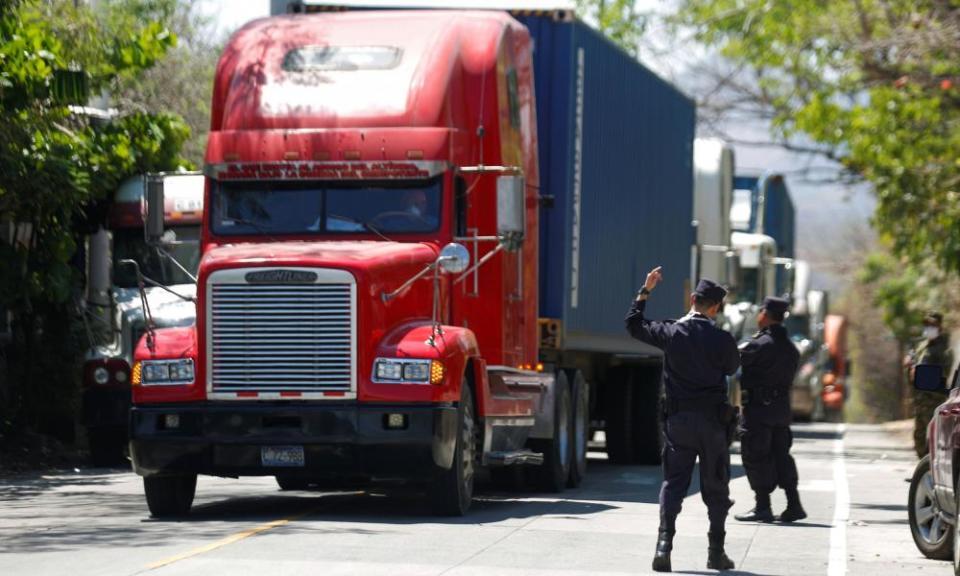Even criminals raise their prices when they form cartels

Economists generally like competition. It helps consumers get a better price if sellers know they could go elsewhere. But economists aren’t usually talking about armed violence or organised crime. So those of you not regularly involved with the mafia should have lots to learn from new research examining competition between El Salvador’s criminal gangs.
El Salvador is a dangerous place. The murder rate was 103 per 100,000 people in 2015, in large part due to two competing gangs: Mara Salvatrucha and Barrio 18. But in 2016 they agreed a non-aggression pact, ending competition for territory. As a result, murders fell by almost half. Beyond the violence, the other big cost of gangs is economic, via the extortion payments they rely on, estimated at more than $700m (£515m) a year, or 3% of El Salvador’s GDP.
Data on 50,000 extortion payments made by truck drivers stopped by gangs shows the non-aggression pact did cut violence but extortion payments soared by 15-20%. More worryingly, this significantly pushed up the prices of crucial goods such as medicines. Hospital visits for some chronic conditions rose almost 10%.
There is a reason many people in El Salvador agree with economists’ pro-competition intuition that the principal beneficiaries of the truce were the gangs themselves.
• Torsten Bell is chief executive of the Resolution Foundation. Read more at resolutionfoundation.org

 Yahoo Finance
Yahoo Finance 